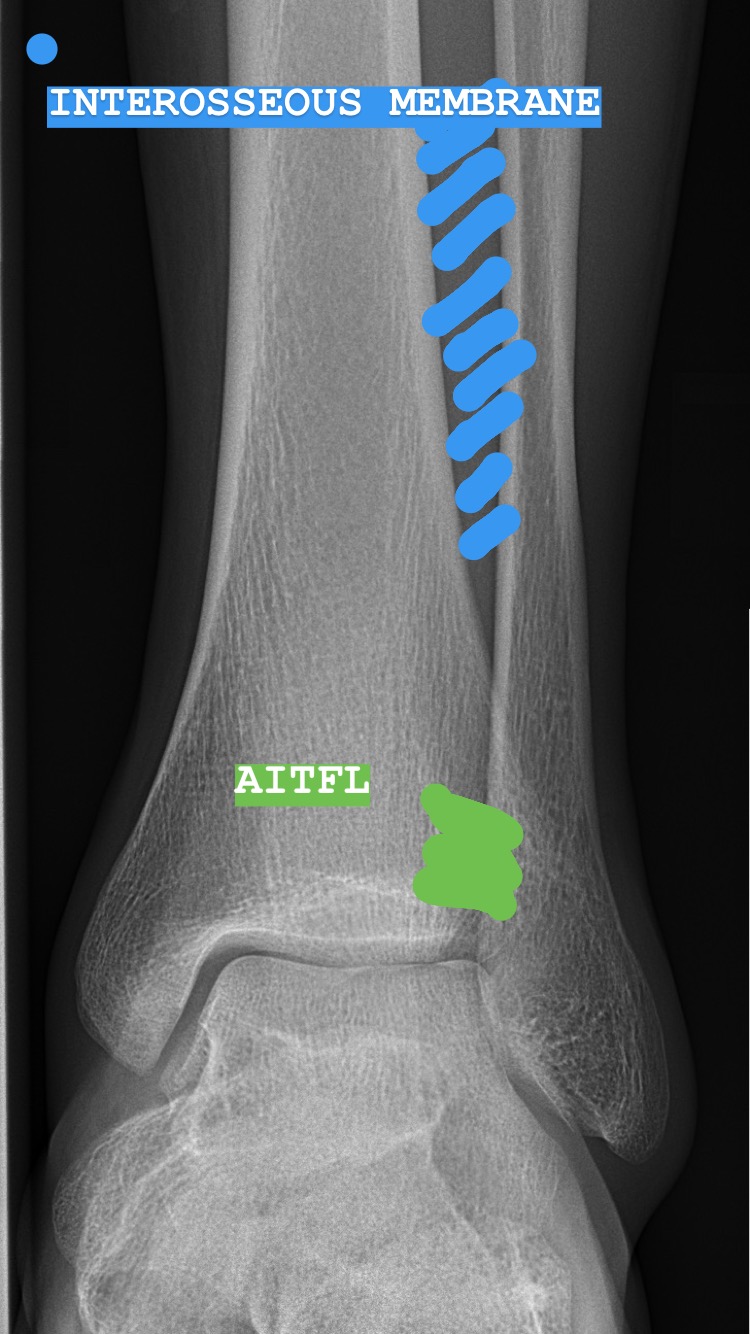Provide women's health physio to all post natal woman for pelvic health advice
SUTHERLAND SHIRE NDIS PHYSIO AND EXERCISE PHYSIOLOGY SERVICES - FLOW PHYSIO CO SUTHERLAND
FLOW PHYSIO CO SUTHERLAND IS A REGISTERED NDIS PROVIDER FOR PHYSIOTHERAPY AND EXERCISE PHYSIOLOGY SERVICES
Flow Physio Co is an approved and registered provider of Physiotherapy and Exercise Physiology Services under the NDIS.
We have been servicing the Sutherland Shire's NDIS clients since the roll out of the National Disability Insurance Scheme.
We have both male and female providers who are passionate about helping people return to the activities they love.
Our boutique studio provides a comfortable setting to help clients achieve their goals, whatever they may be.
We have wheelchair access, plenty of parking and are very close to Sutherland Station.
We are currently working with a number of NDIS clients and have space for new bookings.
For more information, please contact our friendly staff in the clinic on (02) 9545 0361 or book online below 👇🏽
WOMEN'S HEALTH PHYSIO - SAFELY RETURNING TO EXERCISE AFTER PREGNANCY
Although a lot of women are keen to get back their pre baby routine it is really important to make this return as safe as possible.
Whether you have had a caesarian or vaginal delivery we recommend you starting your pelvic floor exercises along with light walking as soon as you feel comfortable.
6 week check with your Women's Health Physio
At 6 weeks you will have a follow up appointment with your Obstetrician or GP, after this we recommend having a 6 week check up with a Women's Health Physiotherapist who will check the integrity of your pelvic floor. This is to make sure you can get a contraction, as some women's pelvic floor can be inhibited after birth and they can struggle to contact their pelvic floor muscles. It will also involve assessing the position of your pelvic organs to make sure there is no prolapse, checking for a abdominal separation and deep core contraction. Following this we will be able to safely prescribe a postnatal exercise program for you to begin.
What about returning to running or high intensity exercise?
Although every woman’s body recovers differently, we still recommend waiting a minimum of 12 weeks, as well as having no incontinence issues, no pain or no prolapse symptoms before participating in any outer abdominal exercises such as sit ups or any high intensity core work that increases your intra abdominal pressure. This intra abdominal pressures directly puts strain on your pelvic floor.
Running is another hight impact exercise that places strain through these muscles and we recommend before beginning to run that your have your pelvic floor assessed and pass a pelvic floor stress test.
Pelvic Organ Prolapse - Women’s Health Physio
Pelvic Organ Prolapse
Did you know?
One in two women who have had a baby will experience prolapse at some stage in their life, that’s why it is so important to have an understanding of what it is and the symptoms experienced with prolapse.
What is pelvic organ prolapse?
Pelvic organ prolapse is when one or more of the pelvic organs (bladder, uterus and bowel) slip down into the vagina causing a bulge or a heavy dragging feeling. Prolapse happens due to damage of the support structures of the pelvic floor including muscles, fascia or ligaments.
What are the symptoms?
Symptoms of prolapse include:
Sensation or heaviness/dragging/buldge in the vagina
Incomplete emptying of your bladder/bowels
Discomfort in the lower abdomen
Recurrent urinary tract infections
Sexual discomfort
Incontinence
Prevention and management strategies
The good news is there is lots that can be done to prevent or manage prolapse. The pelvic floor acts as a sling supporting the pelvic organs, therefore pelvic floor strength training is one of the treatment options that can prevent or help alleviate symptoms of prolapse.
FLOW KNOWS - Syndesmosis injury - High ankle sprains
This week, Flow Knows dives into high ankle sprains or syndesmosis injuries.
There has been media coverage this week around Dylan Napa and his race against the clock to prove his fitness for Origin 2 on Sunday night.
The tibiofibular syndesmosis consists of the ligaments and interosseous membrane that maintain the joint at the bottom of the shin bone, above the ankle joint (high ankle).
The syndesmosis plays an important role in dynamic ankle function and is often injured in a planted, rotating foot/ankle. We tend to see this in contact sports like rugby league where the foot is planted as the player gets tackled.
As the knee goes over the foot, the tibia and fibula separate to accomodate the ankle joint. With intact ligaments and membrane this is controlled and limited. In the case of an injury to these ligaments, this separation can cause pain and dysfunction with ankle movements and weight-bearing.
When a suspected high ankle sprain presents we send you off for x-rays to determine if there is any widening of the distal tibiofibular joint and if referral to an orthopaedic surgeon is required.
If there is no widening, treatment consists of a strength, mobility and proprioception program to restore full function.
Severe injuries usually present with concomitant injuries like fractures and if there is a widening of the joint on weight-bearing x-rays, a surgical review is required.







